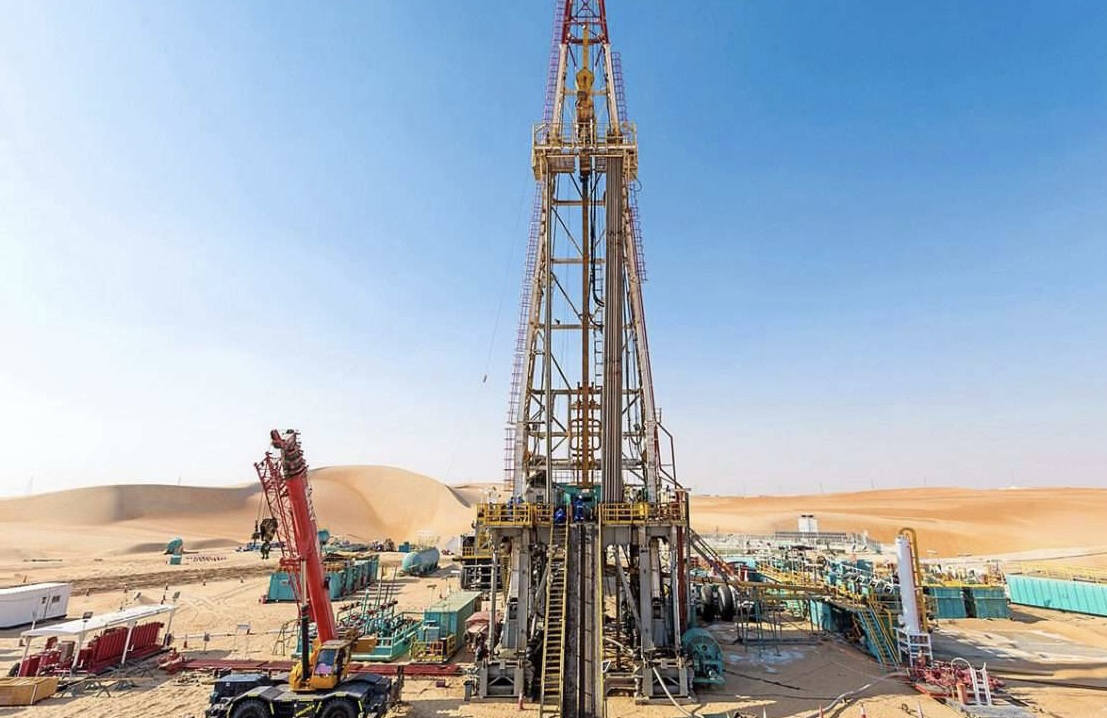KEY POINTS
- Libya’s National Oil Corporation reports a new oil find in the Ghadames Basin producing 4,675 barrels per day.
- The discovery, along with another in the Sirte Basin, could boost state revenues and stabilise the economy.
- Experts warn benefits may take time to reach citizens struggling with inflation and fuel shortages.
Libya’s National Oil Corporation has announced a fresh oil discovery in the Ghadames Basin, reigniting optimism over the country’s energy potential after years of production instability.
The new find, made by the state-run Arabian Gulf Oil Company (AGOCO) at well H1-NC4, is estimated to produce around 4,675 barrels of crude oil per day along with two million cubic feet of gas.
Located in north-western Libya near the Algerian border, the Ghadames Basin discovery underscores the country’s rich geological potential even amid a fragile political climate. The project, fully owned by the National Oil Corporation, could provide much-needed revenue for the government as it works to stabilise the economy and rebuild vital infrastructure.
For a country whose budget still leans heavily on oil, the new discovery could bolster state coffers if brought online efficiently. Libya has been struggling with weak public finances, erratic fuel supplies, and inflationary pressures that have pushed up the cost of food and transport for ordinary citizens. Any uptick in production could, over time, ease pressure on the national currency and improve liquidity for essential imports.
Output Gains Strengthen Libya’s Fiscal Outlook
An oil source at AGOCO told Reuters that the company’s production had reached about 310,000 barrels per day by the end of October, marking a steady climb despite sporadic field disruptions.
Last week, the state oil firm announced another find in the Sirte Basin through its partnership with Austrian energy group OMV, which yielded production tests of more than 4,200 barrels of oil and 2.6 million cubic feet of gas daily. Together, these discoveries highlight renewed momentum in Libya’s upstream sector, which had suffered from years of neglect and sabotage following the 2011 conflict.
Still, analysts caution that without clear policy direction and investment in infrastructure, the short-term benefits may not reach ordinary Libyans. The country continues to grapple with fuel shortages at filling stations, rising consumer prices, and an unemployment rate that leaves many citizens dependent on state handouts.
“The real question isn’t how much oil Libya can find,” one Tripoli-based energy consultant said. “It’s how much of that wealth will actually improve living conditions for the average household.”
While the government has promised to use increased oil revenues to fund development projects and restore power supply, progress has been slow. The hope is that consistent output growth will help stabilise prices, strengthen the dinar, and ease the economic strain facing millions of Libyans.



